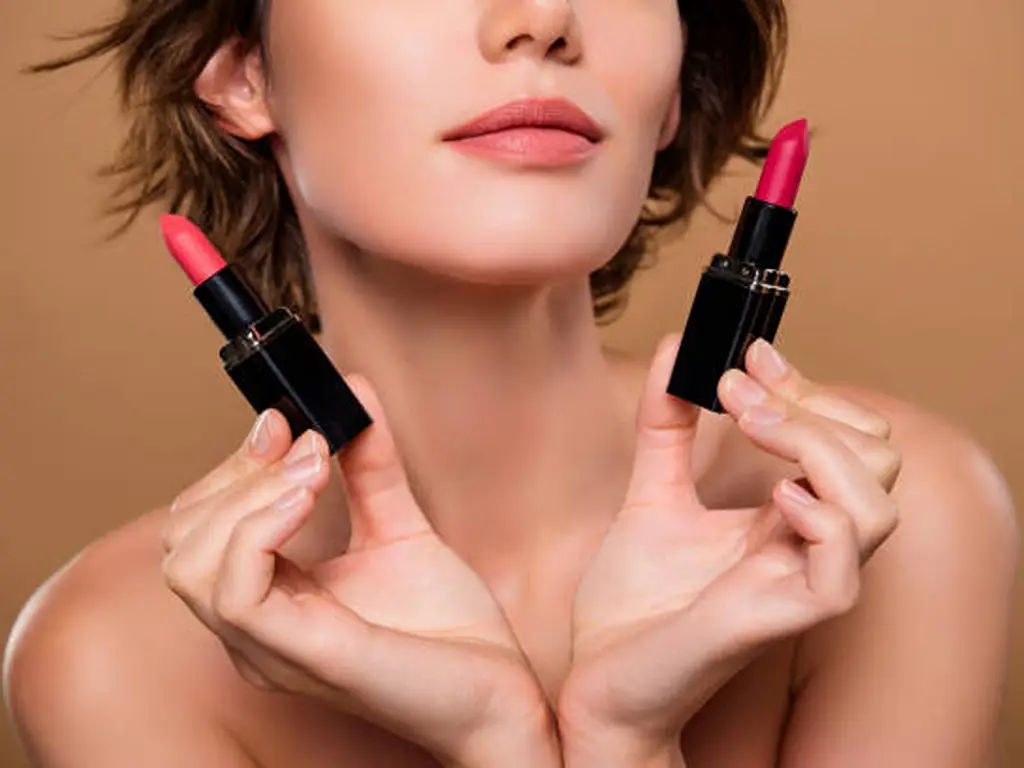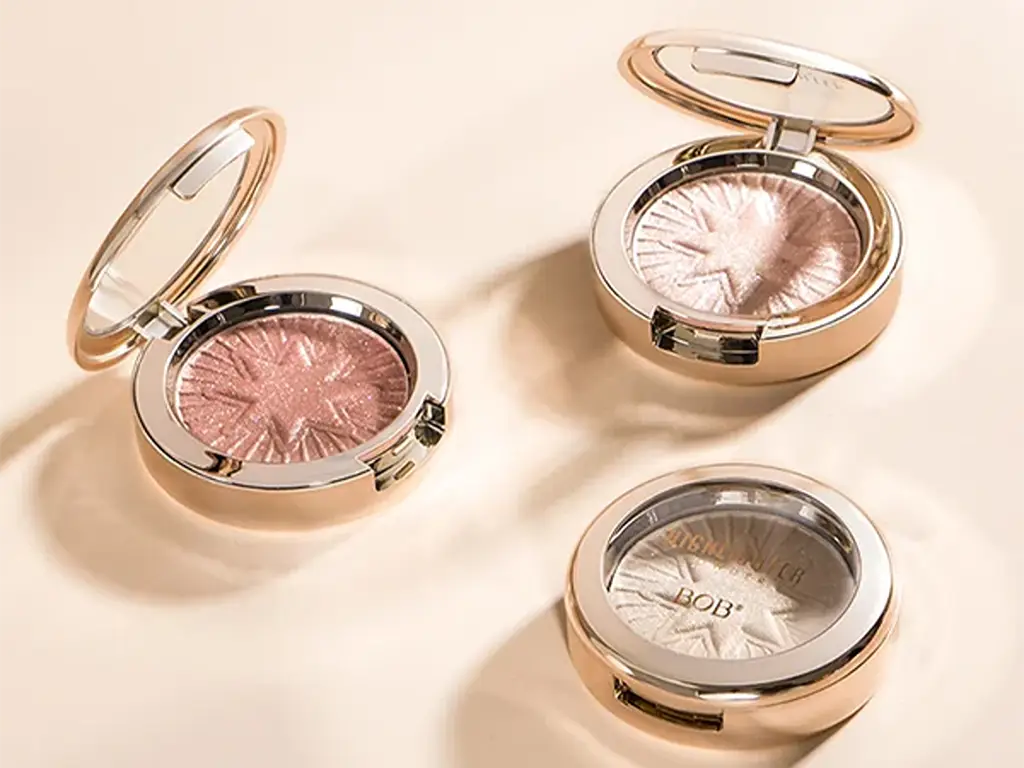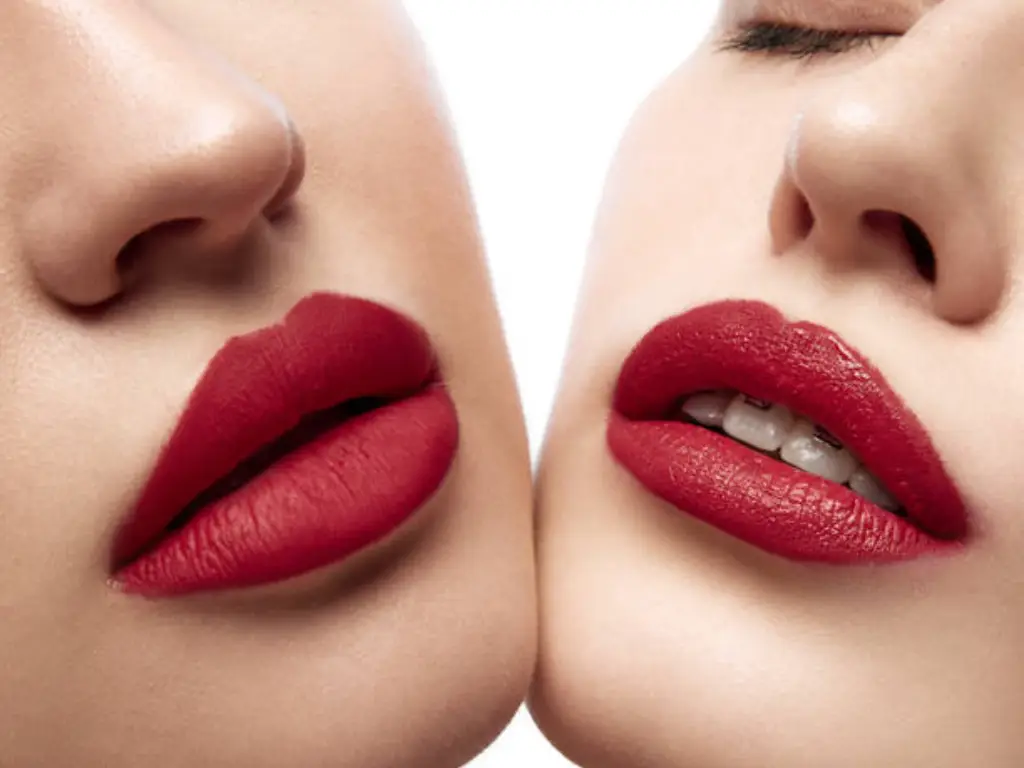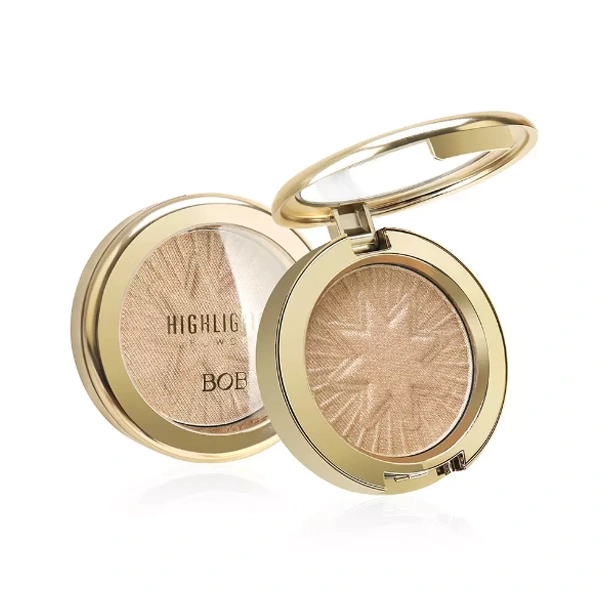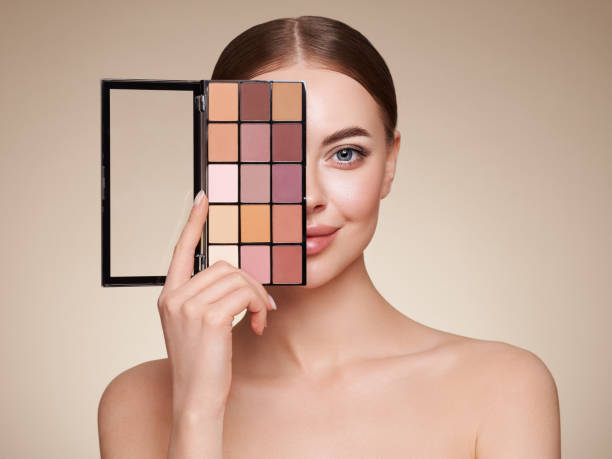Understanding Lip Pigmentation: Intrinsic and Extrinsic Causes
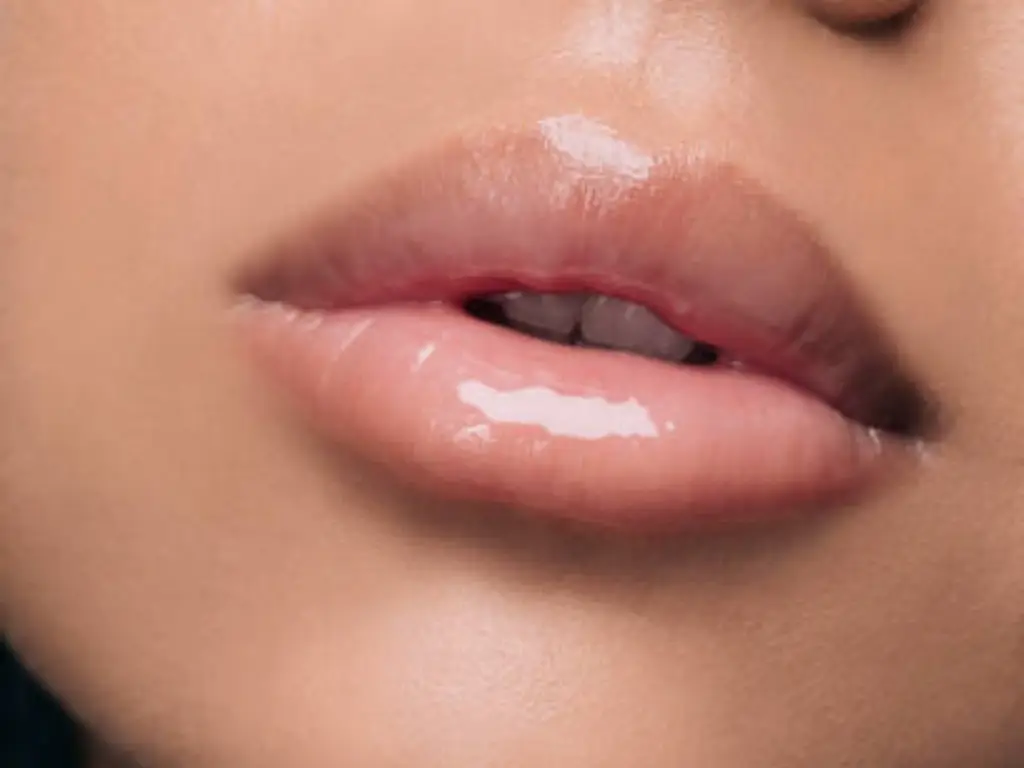
Lip pigmentation arises from a complex interplay of genetic predisposition and external triggers. It can be broadly categorized into intrinsic (natural or physiological) and extrinsic (acquired or environmental) causes.
Intrinsic Factors (Skin Tone and Melanin Activity)
Individuals with medium to dark skin tones naturally have higher basal melanin levels due to increased melanocyte activity. This makes them more prone to visible pigmentation, especially on the lips. Melanin synthesis is regulated by melanocortin 1 receptor (MC1R) signaling, which is more active in darker skin types. Additionally, labial melanotic macules—benign pigmented lesions—are more common in darker skin and can resemble hyperpigmentation.
A study published on PMC, emphasizes that post-inflammatory hyperpigmentation (PIH) is significantly more common and severe in individuals with high-incident chromotypes (HIC), including lip areas, especially among Fitzpatrick skin types IV to VI.
Extrinsic Factors (Inflammation, UV, and Irritation)
External causes include chronic sun exposure, frequent lip licking or biting, use of irritating lip products, and smoking. Ultraviolet (UV) radiation stimulates melanogenesis in the thin vermillion lip area, which lacks protective melanin and sebaceous glands. Moreover, PIH can result from repeated trauma or allergic reactions, where inflammation leads to excessive melanin deposition.
The lips’ unique anatomy—thin epithelium and rich vascularization—makes them more sensitive to these external triggers, accelerating pigmentation compared to other skin areas.
Understanding both intrinsic and extrinsic causes is essential in evaluating lip pigmentation treatment strategies, particularly when tailoring care to skin tone and pigmentation type.
10 Mistakes to Avoid for Lip Pigmentation and Their Consequences
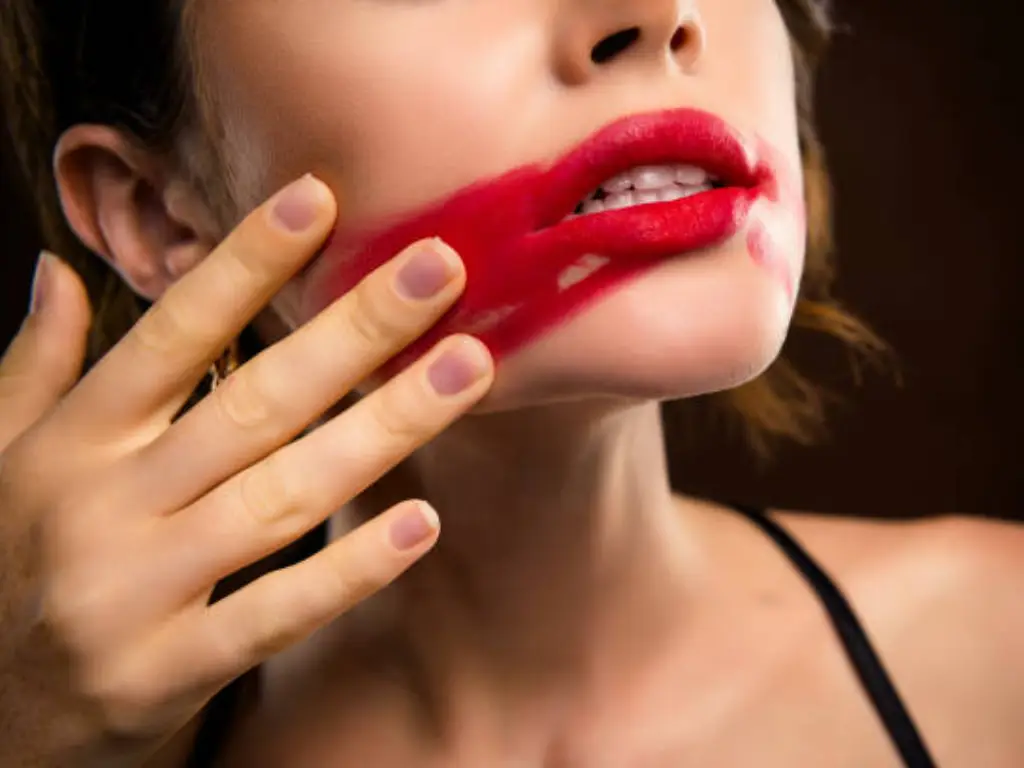
Understanding the common mistakes to avoid for lip pigmentation is essential because these behaviors often directly contribute to the worsening or persistence of lip discoloration.
- Neglecting Sun Protection on the Lips
The lips are highly susceptible to ultraviolet (UV) damage due to their thin skin and lack of melanin protection. Without consistent use of SPF lip balm, UV exposure triggers excess melanin production, leading to chronic darkening. Over time, this cumulative damage results in uneven pigmentation and accelerated aging of the lip tissue.
- Habitual Lip Licking or Biting
Constant licking or biting damages the delicate lip skin by disrupting its natural barrier. Saliva contains enzymes that dry out the lips, and biting causes repeated microtrauma. Both actions induce chronic inflammation, which can prompt post-inflammatory hyperpigmentation (PIH), worsening lip discoloration.
- Using Low-Quality or Irritating Lip Products
Many lipsticks, glosses, and balms contain artificial dyes, fragrances, or preservatives that irritate sensitive lip skin. Prolonged use of such products may cause allergic or irritant contact dermatitis, leading to inflammation and subsequent pigmentation.
- Excessive or Aggressive Exfoliation
While gentle exfoliation helps remove dead skin, overdoing it can damage the lip barrier, causing inflammation and triggering melanocytes to produce excess pigment. This mistake often results in patchy, uneven lip coloration.
- Leaving Lip Makeup on Overnight
Wearing pigmented lip products without proper removal can cause pigments to penetrate the lip skin, increasing the chance of irritation and discoloration. Additionally, residual makeup may clog pores and contribute to inflammation.
- Smoking and Vaping
Nicotine and other chemicals in tobacco products reduce blood flow and cause vascular damage, which can lead to a darker, duller lip appearance. Heat from smoking also causes thermal injury, further worsening pigmentation.
- Chronic Dehydration
Lack of adequate hydration causes dry, cracked lips, increasing the risk of inflammation and subsequent pigmentation. Without moisture, the lips’ natural repair process is impaired, prolonging discoloration.
- Poor Nutrition
Deficiencies in vitamins such as B12, C, and E negatively affect skin regeneration and antioxidant defenses. Nutritional inadequacies slow healing and contribute to persistent pigmentation.
- Daily Use of Matte or Long-Wear Lipsticks
These products often contain high pigment concentrations and drying agents, which may cause chronic dryness and irritation. Over time, this leads to pigmentation as the lips try to protect themselves from repeated insult.
- Applying Harsh Home Remedies Without Guidance
Using acidic or abrasive substances like lemon juice or baking soda can damage the lip skin barrier, causing chemical burns and worsening pigmentation rather than improving it. Without professional advice, such self-treatment may do more harm than good.
Avoiding these mistakes helps not only in reducing current discoloration but also in preventing further damage.
How to Prevent and Treat Lip Pigmentation Effectively
Effectively managing lip pigmentation requires a structured, progressive approach—starting with daily prevention and if necessary, moving to targeted treatment.
Daily Prevention Strategies
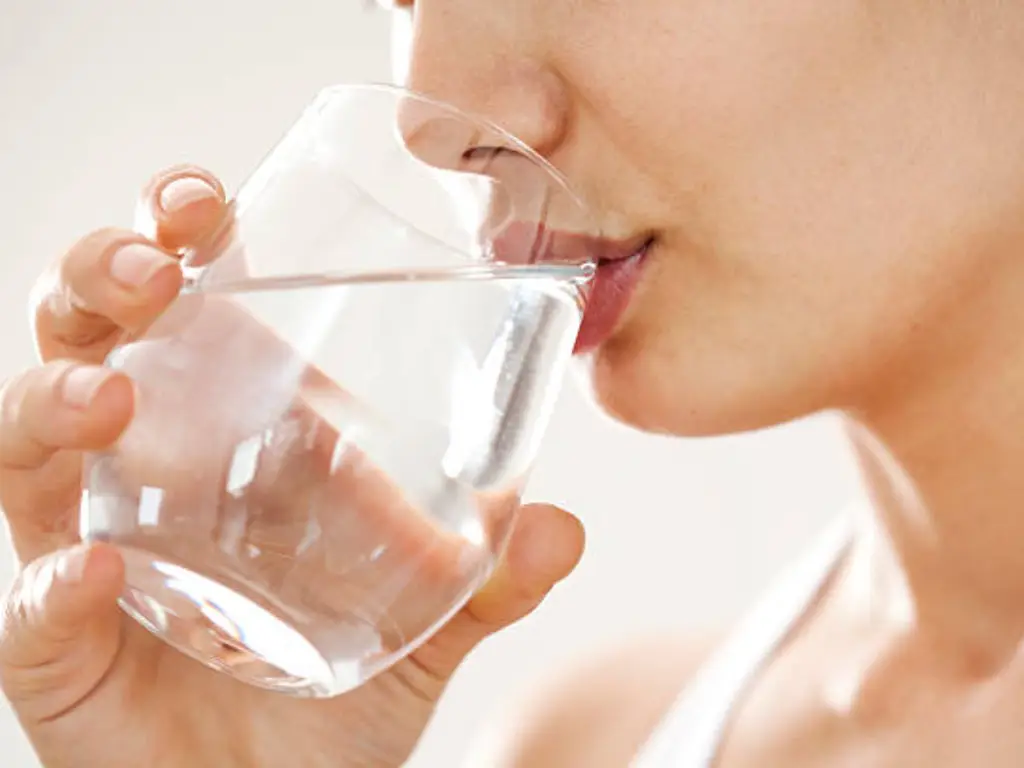
Daily Sun Protection: Lips are especially vulnerable to UV damage. Use an SPF 30+ lip balm every morning, even on cloudy days. Scientific evidence confirms that ultraviolet (UV) exposure is a primary trigger of pigmentation in exposed areas of the skin.
Gentle Cleansing and Makeup Removal: Avoid using harsh makeup removers or soaps on the lips. Choose a micellar or oil-based cleanser to dissolve lip color without damaging the lip barrier.
Controlled Exfoliation: Over-exfoliating causes inflammation, so once a week with a mild sugar scrub or lactic acid–based product is sufficient. Avoid mechanical scrubs that cause abrasion.
Adequate Hydration: Dehydrated lips are more prone to microcracks and pigment retention. Maintain internal hydration (1.5–2L water/day) and use hydrating balms that contain ceramides or hyaluronic acid.
Targeted Treatments for Lip Pigmentation
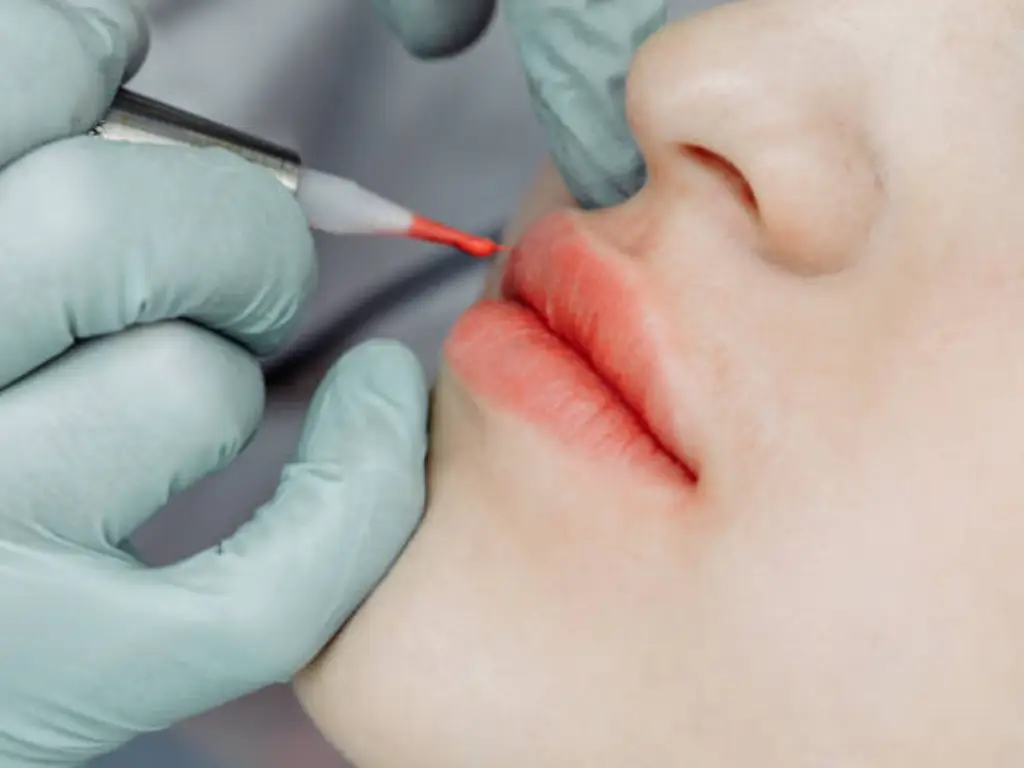
At-Home Remedies: Honey and olive oil have occlusive and anti-inflammatory effects, while beetroot and sugar scrubs can help mildly brighten lips. However, results are gradual and not guaranteed.
Aesthetic Camouflage (Lip Blushing): This semi-permanent tattoo technique deposits pigment to neutralize or even out lip discoloration. While it improves visual uniformity, it does not treat underlying pigmentation and may mask diagnostic skin changes.
Topical Agents: Dermatologists may recommend niacinamide, kojic acid, or azelaic acid to reduce melanin synthesis. These should be introduced gradually and under supervision.
Clinical Procedures: For stubborn pigmentation, chemical peels (e.g., lactic or mandelic acid) and Q-switched laser therapy are effective options, though they require Fitzpatrick skin type–specific precautions.
Choose Safe and Effective Lip Products for Discolored Lips
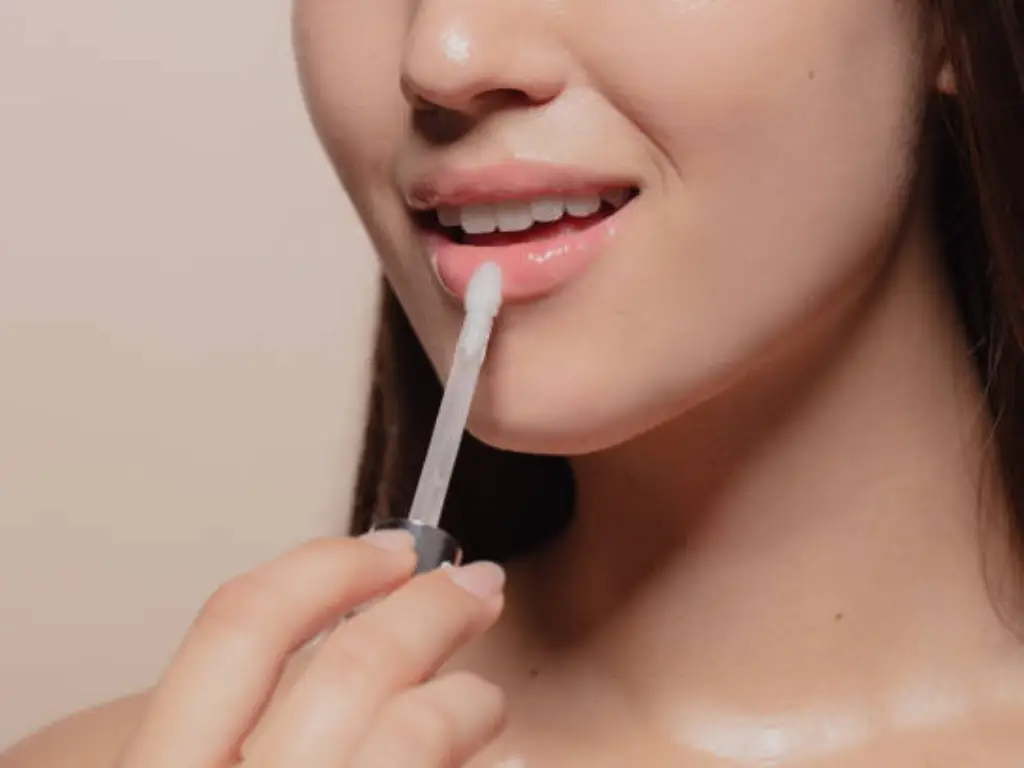
Formulation Awareness
Selecting lip products with safe and effective ingredients is critical to prevent irritation and post-inflammatory hyperpigmentation (PIH).
Avoid formulations containing parabens, alcohols, synthetic dyes, and fragrances, which can disrupt the delicate lip barrier and trigger inflammation.
Instead, look for soothing and brightening ingredients such as shea butter, niacinamide, bisabolol, and antioxidants. Niacinamide, for example, has been clinically shown to inhibit melanin transfer and improve skin barrier function.
Product Categories and Texture Impact
Different lip product textures affect lip health and pigmentation risk in various ways. The following table summarizes key features and usage considerations:
| Product Type | Characteristics | Impact on Lip Pigmentation |
| Matte Lipsticks | Highly pigmented, drying, often contain alcohols | Can impair lip barrier, exacerbate dryness & PIH |
| Lip Tints & Stains | Concentrated pigments, longer wear | Risk of residue buildup, potential irritation |
| Glosses & Lip Oils | Hydrating, often contain occlusives & fragrance | More moisturizing but watch for allergens |
| Lip Balms | Formulated for hydration, often include SPF & antioxidants | Ideal for daily protection and pigmentation prevention |
| Lip Lacquers | Combine color and gloss; thicker texture | May cause buildup if not removed properly |
Different types of lipstick affect lip pigmentation differently, making texture and formulation key factors in maintaining lip health and color.
Routine Hygiene and Usage Tips
To reduce microbial contamination and irritation, replace lip products every 3–6 months and regularly clean applicators. Limit the daily use of drying lipsticks, alternating with hydrating tinted balms or protective balms.
When choosing lip care products, consider those with recognized certifications such as EWG Verified™ or COSMOS Organic, which ensure safer, non-toxic formulations suitable for sensitive lips.
Conclusion
Avoiding daily mistakes and choosing the right lip care approach are key to preventing lip pigmentation. With informed habits and safe products, even-toned lips are achievable and sustainable.
Siloran’s formulas are customizable with reliable quality, fast delivery, and 24/7 customer support—ideal for brands seeking efficient, safe lip care solutions. Discover the right lip care solution with Siloran—explore our products designed to restore and protect your lips today.


